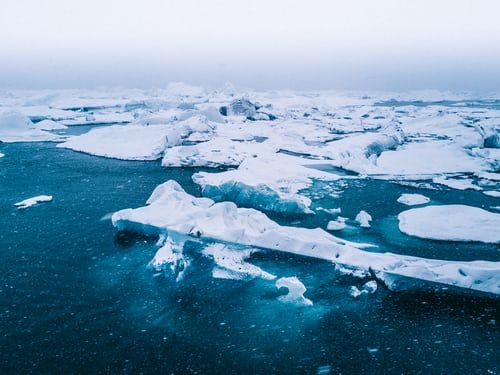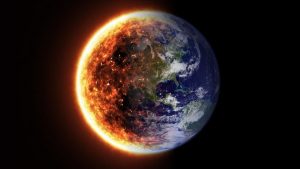The Arctic Ocean has been a prey to global warming decades es earlier than previously thought, a study published Wednesday in the journal Science Advances claims. According to the research, the ocean started warming in the beginning of the 20th century.
The water temperature of Arctic Ocean began to increase by two degree Celsius beginning in 1900. A phenomenon known as Atlantification – the expansion of warm Atlantic Ocean water flowing into the Arctic – is behind the warming, the research says.
Also read: Amazon hit by protests by climate activists, unions on Black Friday
Researchers reconstructed 800 years of data using marine sediments in the Fram Straight, where the Atlantic meets the Arctic east of Greenland. They found temperature and salinity, the saltiness of ocean water, remained fairly constant up until the 20th century — then suddenly increased.
The study further added that the Atlantic Meridional Overturning Circulation (AMOC) could have played a role in the Arctic warming. AMOC is a system of currents that moderates temperatures in the Northern Hemisphere.
Also read: What’s in ‘Matosinhos Manifesto’, that highlights ESA’s use of space in Europe?
An author on the study, Francesco Muschitiello, said the findings were worrisome.
“The Arctic Ocean has been warming up for much longer than we previously thought. And this is something that’s a bit unsettling for many reasons, especially because the climate models that we use to cast projections of future climate change do not really simulate these type of changes,” Muschitiello told CNN.
“We’re talking about the early 1900s, and by then we’ve already been supercharging the atmosphere with carbon dioxide. It is possible that the Arctic Ocean is more sensitive to greenhouse gases than previously thought. This will require more research, of course, because we don’t have a solid grip on the actual mechanisms behind this early Atlantification,” he added.
Also read: How global temperatures have risen over the last 24,000 years
Arctic ice sheets and glaciers are shrinking, with some glaciers already gone. Permafrost, the icy soil that traps the potent greenhouse gas methane, is thawing. Wildfires have broken out in the Arctic. Siberia even hit 100 degrees Fahrenheit (38 degrees Celsius). Even a region called the Last Ice Area showed unexpected melting this year.
In the next couple of decades, the Arctic is likely to see summers with no sea ice.
With inputs from the Associated Press







